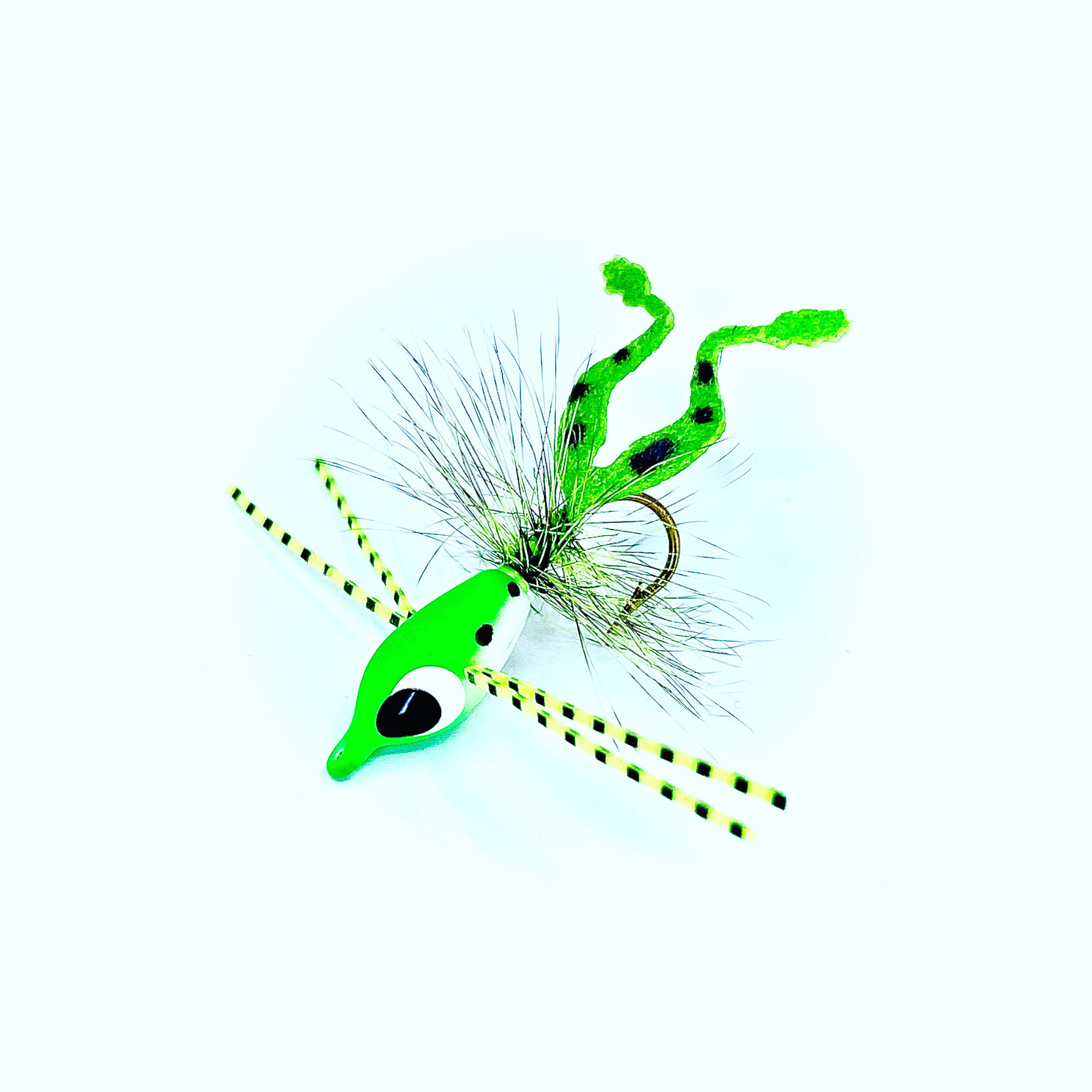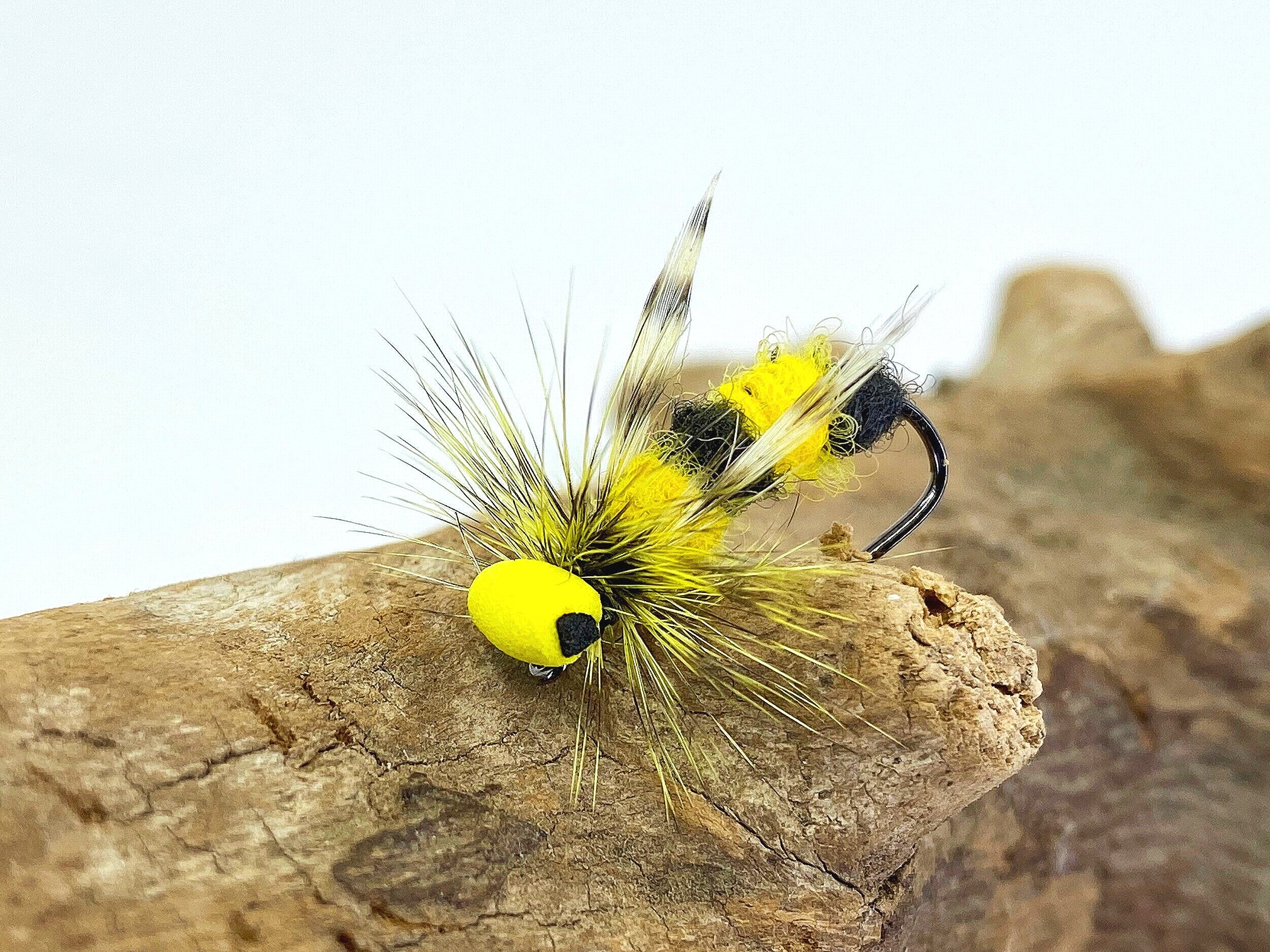This week's Fly Tying Friday post is a topic that should be of interest to every fly tier, especially the beginner. When instructing students new to fly tying, I always start the lessons with thread control and the proper use of the tools involved with applying and securing the thread to the hook. The sound of breaking thread often rings out in the early days of every fly tying class I have ever taught. But that early lesson on how to properly handle thread reduces that sound quite a bit!
I start that very first fly tying lesson by instructing students to break thread over and over again purposely. They will do this many times before they ever even attempt to tie their first fly! By repeatedly breaking and then re-applying various thread sizes to the hook, they pick up a few very valuable skills.
First, they master the technique of attaching the thread to the hook. You cant tie your first fly until you can bind your thread to the hook. This simple procedure is a task an experienced tier does not even think about, but it can often be challenging for a novice.
Second, they learn how much pressure they can put on the various thread sizes before they break. The class goes a lot smoother because we are not stopping every five minutes to rethread bobbins. This simple exercise helps keep the instruction moving along and allows me to concentrate on teaching other techniques. But most importantly, it teaches the students how to apply thread of any size without breaking it!
Thirdly, it reinforces the instruction given on properly using a few basic but critical tools like bobbins, half hitch, and whip finishing tools.
By the time the student attempts to tie their first fly, they have already learned how to thread, properly hold, and use a bobbin. They know how to attach and lay down the thread on a hook. They also understand thread properties and how to manipulate them while tying. Finally, they know how to tie off to save their work or finish the fly. While some students are anxious to get going and tie their first fly, this little bit of instruction before doing so really flattens out the learning curve.
This week's Fly Tying Friday post will dive into the topic of thread control. Lou Digena is a good friend, a talented fly tier, and a past contributor to The Panfish On The Fly Blog. He recently put up a video on this very subject and has permitted us to share it here. This content in this video is perfect for anyone just starting in fly tying. Folks that have been fly tying for a while may even learn a thing or two.




